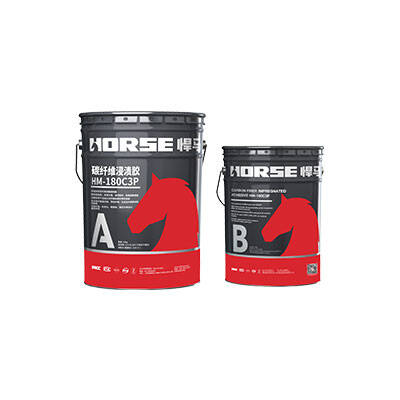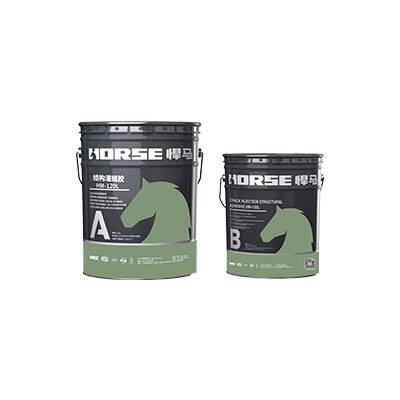Barres d'armature en alliage à mémoire de forme (SMA)
Ce matériau a été utilisé pour la construction d'un pont à Seattle, en collaboration avec l'Université du Nevada, le Département des Transports de l'État et l'Administration fédérale des autoroutes. Grâce à ses propriétés pseudo-élastiques et d'amortissement dynamique, l'SMA peut être utilisé dans les structures à contrôle passif pour jouer un rôle parasismique. Il est également utilisé pour le contrôle actif des vibrations structurelles.
Matériau composite pour béton flexible
Le nouveau type de béton fibré à haute ténacité, appelé « ECC », est un nouveau type de matériau composite technique à base de boue aqueuse, basé sur le principe de la microphysique et présentant les caractéristiques d'écrouissage et de fissuration multiple.
Béton cellulaire
Le béton cellulaire est un nouveau matériau de construction performant. Il présente les avantages suivants : légèreté, excellente isolation thermique et thermique, résistance élevée, bonnes performances sismiques, bonnes performances de mise en œuvre, résistance aux hautes températures, bonne isolation phonique, construction mécanisée et grande adaptabilité.
Béton en poudre réactive (BPR)
Le béton en poudre réactive (BPR) est un nouveau matériau de construction offrant d'excellentes propriétés mécaniques et une durabilité supérieure à celle du béton à haute résistance et hautes performances. Il présente des propriétés mécaniques très élevées, une excellente durabilité, un faible retrait et un faible fluage, ainsi qu'une excellente résistance sismique.
Béton renforcé de fibres d'acier
Le béton renforcé de fibres d'acier (BFR) est un nouveau type de matériau composite multiphasé, composé de fibres d'acier courtes à répartition aléatoire dans le béton courant. Ces fibres d'acier désordonnées et réparties empêchent efficacement l'expansion des microfissures et la formation de macrofissures dans le béton, et améliorent considérablement la résistance à la traction, à la flexion, aux chocs et à la fatigue du béton, tout en offrant une bonne ductilité.
Acier léger
Les maisons à structure métallique présentent les meilleures performances sismiques, suivies des maisons en bois, puis en béton armé. Les maisons en briques ne sont pas parasismiques, tandis que les structures en béton armé avec des murs légers sont à la fois sûres, antisismiques et économes en énergie.
Structure en bois
Au Japon, de nouvelles technologies sont adoptées pour collecter les déchets de bois des bâtiments, y ajouter du polyéthylène, du polypropylène et du polychlorure de vinyle pour fabriquer de nouveaux matériaux de construction, puis produire de nouveaux matériaux de construction par extrusion, moulage et injection pour remplacer le bois traditionnel. Ce matériau est sûr, parasismique et économe en énergie.
Composites en fibres de carbone
Pour la résistance aux tremblements de terre, le plancher est renforcé par des fibres de carbone. Le renforcement des structures en béton par des composites en fibres de carbone repose principalement sur leur résistance élevée, leur module d'élasticité élevé, leur énergie de dénaturation Gao Ying et l'utilisation de résines époxy modifiées pour assurer une bonne adhérence des fibres de carbone et du béton. Il est nécessaire de renforcer l'absence de renforts longitudinaux, de cisaillement et de torsion de la structure d'origine, afin d'améliorer sa capacité portante en flexion, en cisaillement et en torsion.
Matériau en fibre de carbone
L'architecte Ma Ke Yan utilise des matériaux hybrides en fibre de carbone pour transformer un immeuble de bureaux. Il s'agit du premier bâtiment commercial au monde doté de fonctions parasismiques renforcées en fibre de carbone.
Caoutchouc
Le caoutchouc est également un excellent matériau parasismique. La partie centrale du bâtiment est constituée de caoutchouc laminé. Une fissure de 6 mm réduit la force du bâtiment de moitié. Le caoutchouc protège non seulement le bois de l'humidité, mais amortit également les tremblements de terre.


































